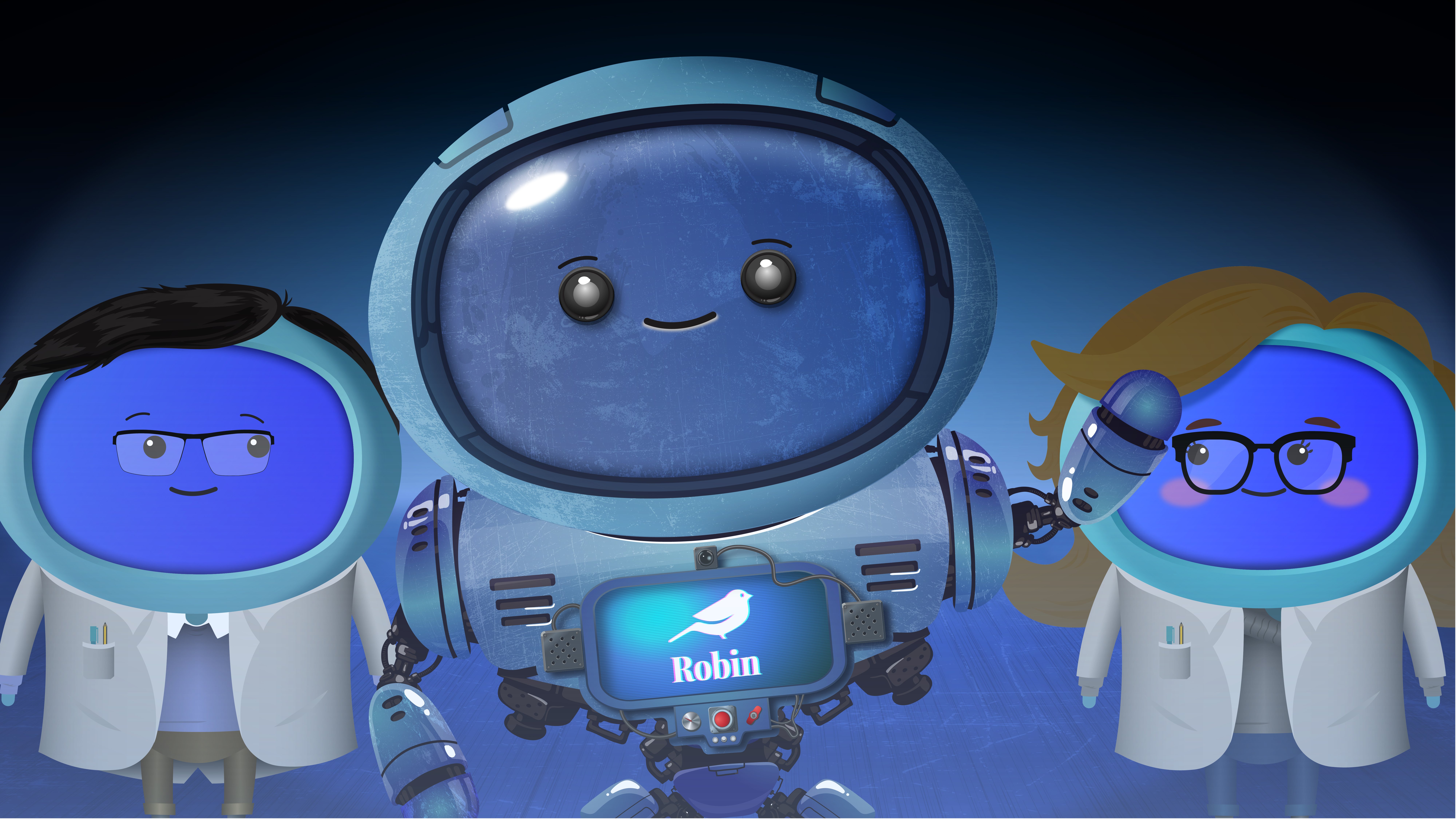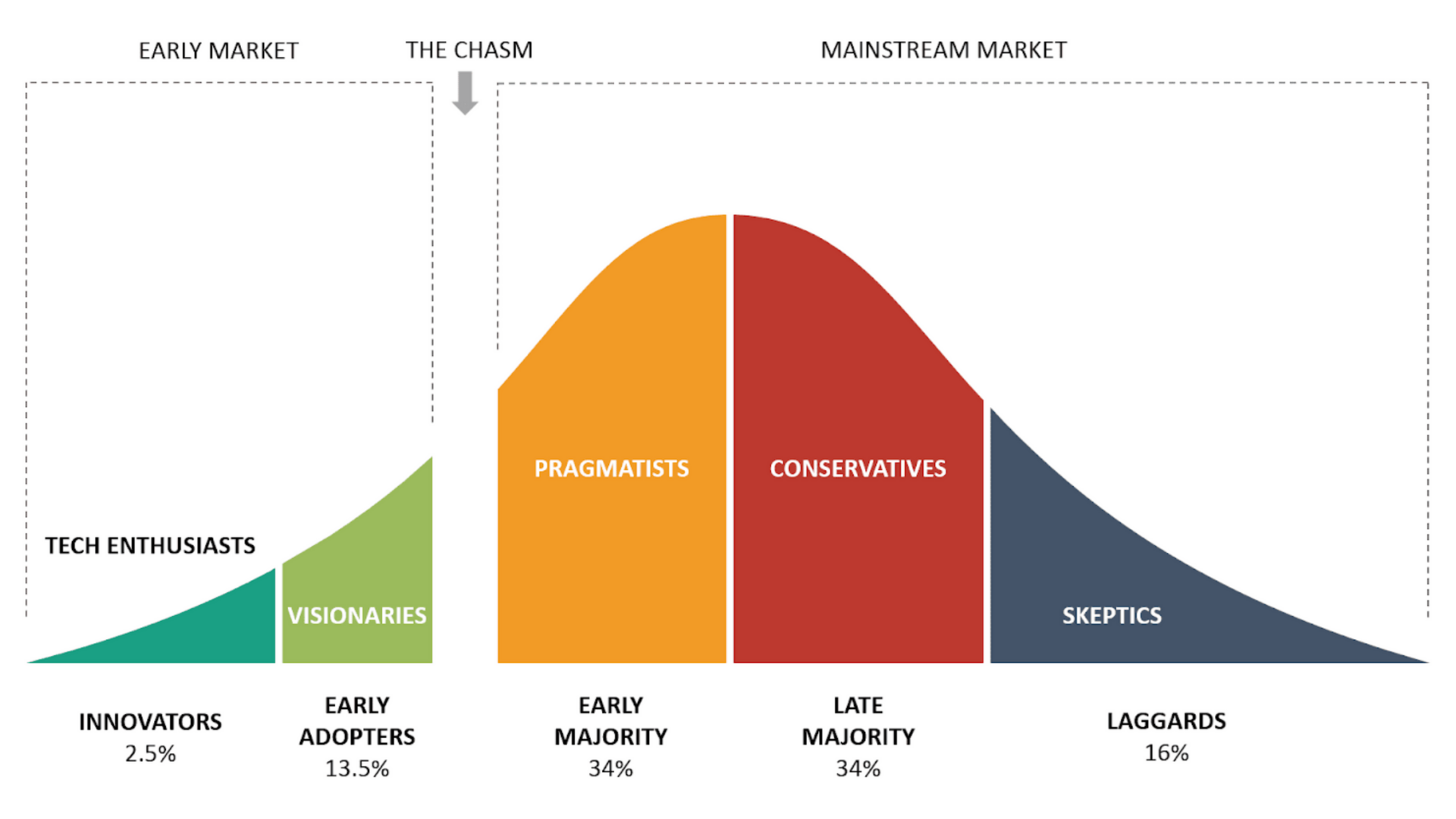It’s a topic on almost everybody’s lips these days. AI (or Artificial Intelligence to the uninitiated) is celebrated by some, feared by others. Okay, so there is the potential for a human extinction event. But on the other hand, it’s pretty bloody handy, isn’t it?
AI is being used the world over in positive ways, like identifying new antibiotics, addressing climate change issues and even helping to create a new Beatles song. Ok, so mostly positive, then. And so much has been said about its negative uses already that I could write a whole other paper about that and still wouldn’t scratch the surface.
That being said, this resource is all about concentrating on one of the major benefits of AI, specifically about the ‘heavily funded by Microsoft tool’, ChatGPT. Why? Well, I’m familiar with it, for a start. Secondly, it’s unlikely to gain sentience and rampage across the globe, and that’s pretty comforting.
What is ChatGPT?
So, what exactly is ChatGPT, and how can you use it to your advantage? Let’s tackle that first one, um, first.
ChatGPT is a computer program that can understand and generate human-like text conversations. It’s designed to be conversational, using a massive database and complex algorithms to understand whatever the user puts in and respond appropriately. Think of it like a virtual partner, who can offer suggestions on your work, develop your knowledge if you ask it questions and can engage you in chat.
For me, that’s ideal. I’m not likely to feel lonely enough to have a chat with it as if it were a person, though I could if I wanted. But sometimes you might want to run an idea by someone without judgement, or get some inspiration. Perhaps you’ve written a snarky letter to someone who’s irked you and need to de-sassify it before hitting send? Or maybe you want inspiration for a new training course you’ve been asked to write? Ok, yes, I’ve done both. And I don’t feel ashamed about it. Nor should you.
Take advantage of ChatGPT
Ok, so how can I get the most out of ChatGPT? Well, it depends on what you want to use it for, really. If you just want to chat or ask it to proofread something, then the prompts you can give it are fairly straightforward. But if you want to use it to help you write copy, then I’ve got a few useful tips for you.
Before I start, it’s worth saying that although ChatGPT is incredibly useful, it’s not completely accurate. You’ll likely need to corroborate data from trusted sources if you’re creating training, for example. If the data it draws from is incorrect, you’ll get something incorrect back. But, and it’s a big BUT; ChatGPT does learn from you, too. You can correct its mistakes and it’ll remember your corrections. It’ll also remember saved conversations and refer back to earlier points, but I’m digressing.
It all starts with the prompt
Give the program clear, specific instructions. If your query is complex, break it down into easier queries. You’ll probably need to experiment with these prompts to get it just right.
Below are some examples of useful prompts:
- Can you provide me with some ideas for a LinkedIn post about the benefits of remote working? It must be around 300 words, be informal and contain 3 key takeaway points so the reader understands why working remotely can be a useful tool.
- Write a short product description for our latest sneakers. They are comfortable, robust, oil and stain resistant, and they glow in the dark for a unique, fresh style. This should be aimed at people currently 15-25 years old, so use informal language throughout.
- Help me structure our weekly customer newsletter. The audience is for business leaders, so use formal language. It should start off with a greeting and then go on to talk about current issues in business, such as greenwashing, AI and the economy. Ideas for blogs on this topic are welcome so I can go into further detail.
- Create a personalised email for a new VIP customer. They are a celebrity from a UK television series called ‘Celebrity Ice Breakers’ and they have a good sense of humour, so use puns and relevant jokes throughout as required.
- Assist me with some ideas for a new business. It’s an app which sends out daily jokes on subscription. Where should I start?
These are just some examples to get you started. Remember, you’ll likely get out what you put in, so spend some time being as specific as you can.
AI vs Humans
ChatGPT can be used to refine your text, too. If it doesn’t deliver what you’ve asked for on the first attempt, don’t panic. Review your prompt, and check it for clarity. Try different phrasing, or give it an example of the style you want.
Remember, ChatGPT isn’t here to replace you. It’ll need your creativity and judgement. Often the text it will create is useful as a good starting point which you can then build upon. Think of it like a sketch drawing upon which you can paint your masterpiece.
And, when you’re happy, well, you may need it proofread. That’s something ChatGPT can help with too. All you have to do is ask.
But I suggest asking politely. Y’know, just in case it actually does gain sentience in future, yeah? I know what side of the human vs tech battle I’d want to be on.
If you liked this resource, we think you’d like my previous blog on the subject, which you can access here.
Stay tuned for an upcoming AI experiment, in which ChatGPT is pushed to its limits, creating a learning course vs the same course written by a moderately intelligent human (that’s me, by the way). It promises to be quite the interesting conflict.
The power of iAM Learning
If you're looking for unique, engaging eLearning content that your learners will love, why not get in touch with us or try iAM Learning for yourself - get started today!

Dani Maguire
Lead Script Writer



